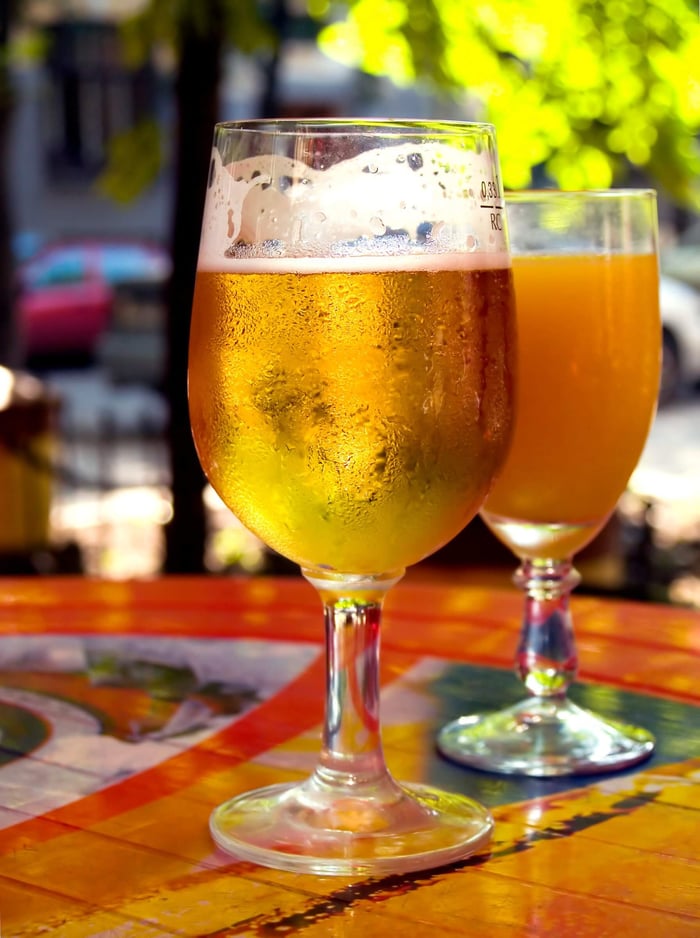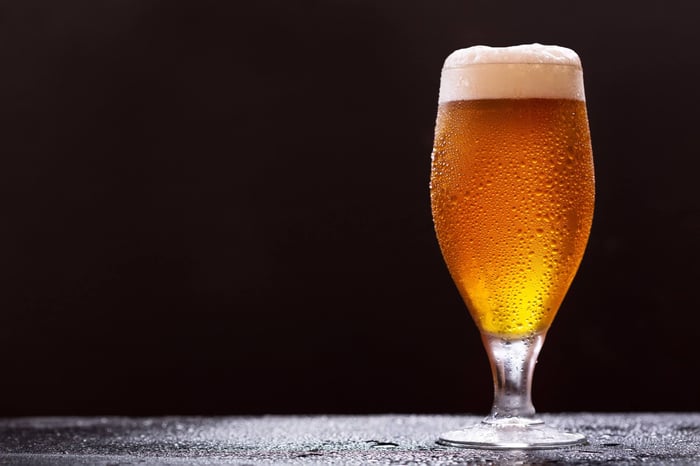The European brewing scene loves a good innovation, and Cold IPA has been quietly winning over brewers from Dublin to Prague. But what exactly is this style that's got everyone talking, and why should it matter to your next brew day?
Deconstructing the Cold IPA Puzzle
Let's address the elephant in the brewery first: "Cold IPA" is possibly the most misleading name in modern brewing. There's nothing particularly cold about the brewing process, and it barely fits traditional IPA parameters either. Classic naming confusion at its finest!
What we're really discussing is a brilliantly engineered hybrid that takes the best elements from multiple styles. The grain bill leans heavily towards pilsner malt, often supplemented with 30-40% adjuncts like maize or rice. Does this sound remarkably similar to IPL territory? Absolutely, and that's no coincidence.
However, Cold IPAs have evolved beyond where IPLs typically stagnate. Many IPLs struggle with identity – they're either lagers that have been aggressively hopped or IPAs fermented with lager yeasts, creating an awkward middle ground. Cold IPAs seem to have resolved this identity crisis.
European Hop Considerations and Techniques
How Do We Approach Hopping?
The hop profile sits strategically between West Coast IPA assertiveness and NEIPA softness. European brewers have the advantage of accessing fantastic local varieties – German noble hops for structure, combined with New World varieties for aroma impact.
Target 40-70 IBU total, but here's the sophisticated part: achieve 25-55 IBU through boil and whirlpool additions, allowing dry hop biotransformation to contribute the remaining 15 IBU. This approach maximises hop flavour whilst maintaining that crucial crisp drinkability.
Regional Advantage: European Hallertau varieties work excellently for your base bitterness, whilst Australian Galaxy or American Citra provide the tropical punch during dry hopping.
Fermentation: The Continental Approach
Here's where things become interesting: most Cold IPAs utilise Fermentis 34/70, a lager yeast that's anything but traditional lager treatment.
Rather than the typical cold fermentation, we're fermenting around 19°C – similar to Kölsch or California Common approaches. This temperature promotes biotransformation during dry hopping, encouraging those desirable tropical and stone fruit characteristics.
European Insight: Given our familiarity with hybrid fermentation techniques (think Kölsch, Altbier), this approach feels quite natural. The key is maintaining consistent temperature control throughout fermentation.
Technical Brewing Parameters
Grain Bill Architecture
Start with premium pilsner malt – European maltsters produce exceptional base malts perfect for this application. Incorporate flaked maize or rice at 20-35% of your total grain bill. The precise percentage depends on your desired body and mouthfeel.
Compensate for the light grain bill with adjusted water chemistry – slightly more mineral content helps support the overall structure. Consider mashing 1-2°C higher than typical to enhance body retention.
Process Timing:
- 60-minute boil additions: Minimal hopping for foundation
- Whirlpool at 80°C: Primary aroma and moderate bittering
- Dry hop: Heavy application post-fermentation
Understanding the Style Through Brewing Science
What Makes Cold IPA Work?
The science behind Cold IPA success lies in biotransformation – the interaction between hop compounds and yeast enzymes. The 19°C fermentation temperature creates optimal conditions for these reactions, whilst the adjunct-heavy grain bill provides a clean canvas for hop expression.
European brewing traditions have long understood the importance of balance, and Cold IPA exemplifies this principle. The style doesn't rely on extreme hop quantities or unusual techniques – it's about precise execution and understanding ingredient interactions.
Quality Indicators:
- Original Gravity: 1.048-1.062
- Final Gravity: 1.006-1.010
- Alcohol Content: 5.2-6.8%
- Bitterness: 40-70 IBU
- Colour: 4-8 EBC
The European Perspective on Style Evolution
Continental European brewers approach new styles with healthy scepticism – we've seen too many trends come and go. Cold IPA, however, offers something genuinely useful: a bridge between traditional lager appreciation and modern hop-forward beers.
This style works particularly well in warmer European months, offering the hop satisfaction that IPA drinkers crave with the refreshing qualities that lager enthusiasts appreciate. It's not trying to be everything to everyone – it's simply executing a specific flavour profile exceptionally well.
Ready to give it a shot? Check out our detailed Cold IPA recipe – we've dialed in the measurements and timing to take the guesswork out of your first batch.
Browse Grainfather brewing systems perfect for your Cold IPA brew – because precision equipment helps achieve consistent results with this technically demanding style.
L'équipe du Grainfather










